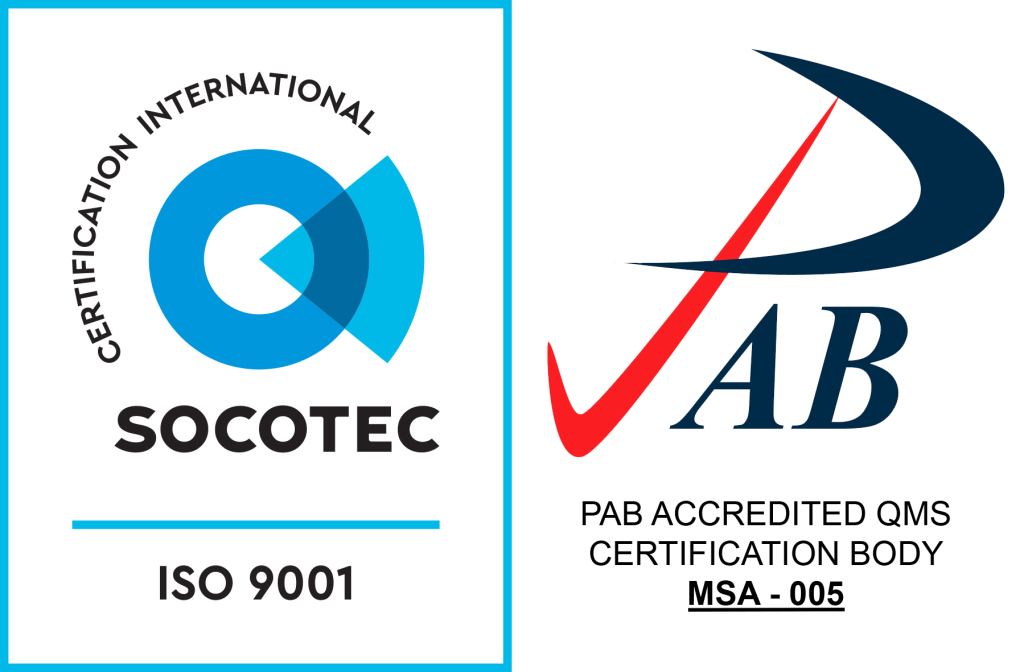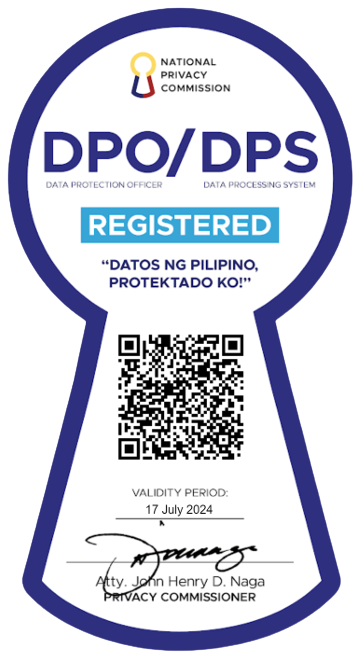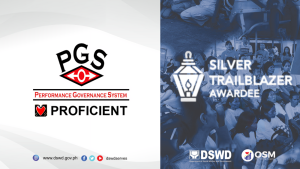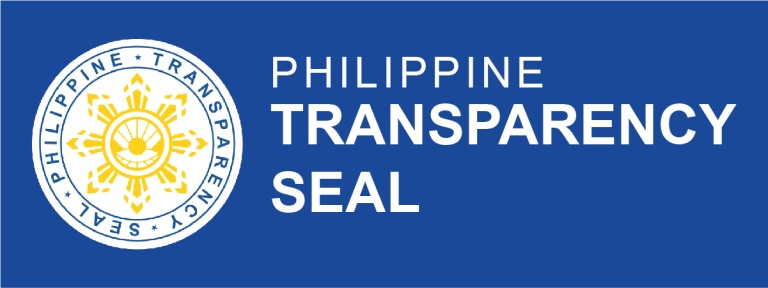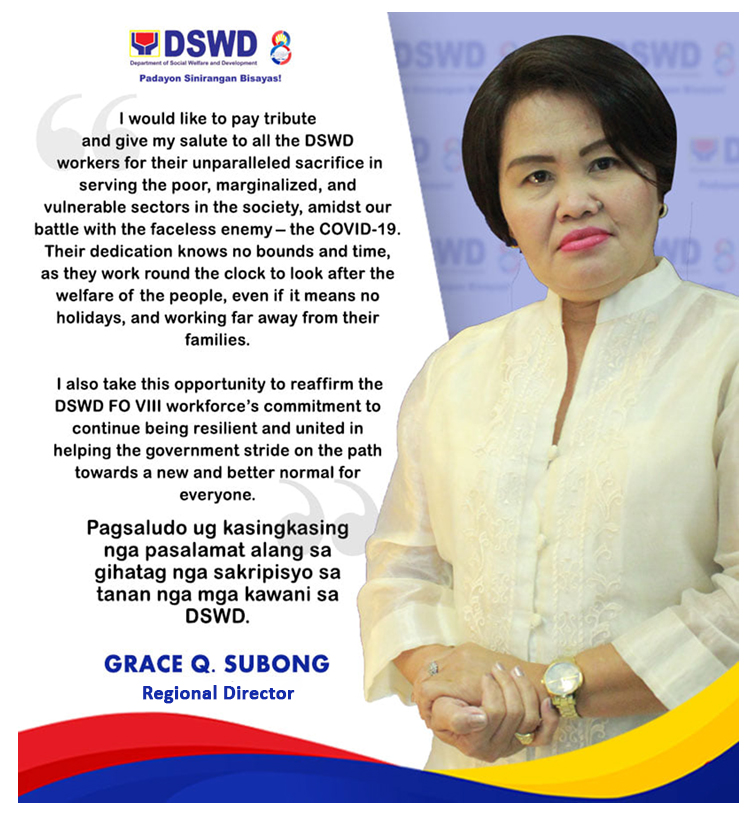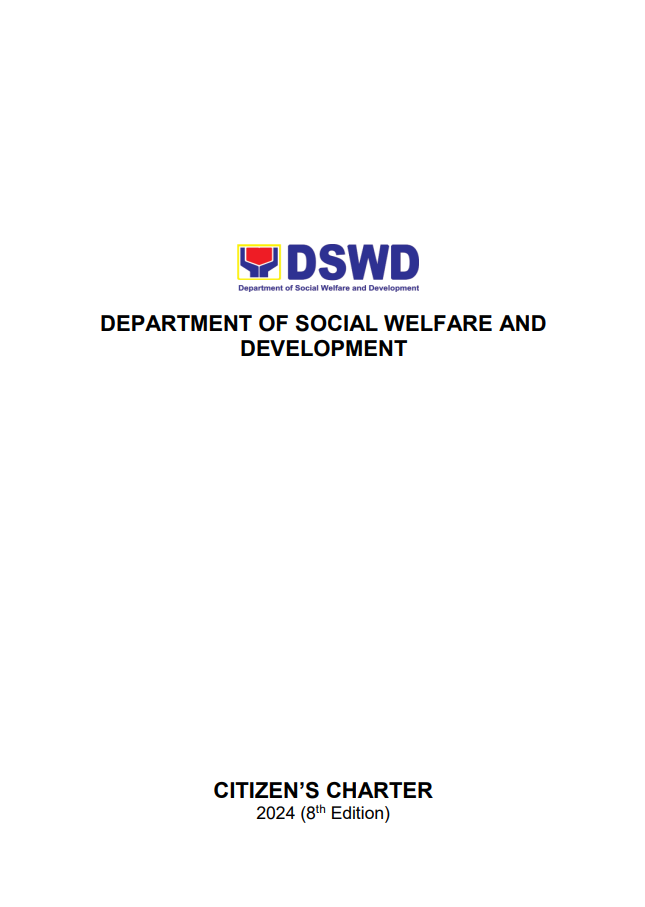“If my husband can see me now, he would be bursting with pride. He would tell me that I made the right choice committing the municipality to the KALAHI-CIDSS Project and making the most of our limited financial resources.”
Strategies for Counterparting
Since I sit as the Municipal Mayor of Tarangan, the town has been the beneficiary of several development programs. The signs are there. Tarangnan has benefited from the Comprehensive and Integrated Delivery of Social Services (CIDSS), Plan International, WESAMAR, SOLAR, National Electrification Authority, Asian Development Bank, and SOLAR. All the development projects of these organizations would not have prospered without the local government’s financial counterpart and or support.
With an IRA of 7,111,807.00-20% of Development fund, it was impossible for the municipality to provide all the 44 barangays the projects that would make life in the villages easier. When there are opportunities that would stretch the municipal budget, I do not waste time accepting the challenge. When the KALAHI-CIDSS was introduced in November 2006, I was not looking at the counterparting aspect alone, but the project involved the community in several ways. I was absolutely sold out to the idea.
But what about the counterparting? The KALAHI-CIDSS came at an unexpected time and there was no ready appropriation and there was the troubling fact that the municipality never had enough money. From listening to my late husband’s discussion with his municipal officials during his time as the town mayor, I knew I could be able to swing it. I discussed strategies with the Sanggunian Bayan officials and the MIAC members for I knew that depending on other sources, i.e. provincial support, would only delay project implementation.
Not that the provincial government was unwilling, but the funding processes at the provincial level did not synchronize with the project’s timelines and there was no time to waste. Instead of asking provincial counterpart, I made do with checking on what was available at the provincial office. Whatever construction materials were available at the provincial office, I personally asked for a share and it was always given to me.
I always asked the municipal treasurer to look over the books to find a way to provide the cash counterpart. I then hit on the idea of asking non-prioritized barangays to give up portions of their annual barangay allocation, which would be used to augment the municipal local counterpart contribution. The strategy worked and when the KALAHI-CIDSS project came to a close on its third year in 2009, all forty-four barangays were able to get a share of the KALAHI-CIDSS grant. Some seventy-seven sub-projects were completed without full financing support from other sources. The municipality made it to the list of top-performing KALAHI-CIDSS areas in terms of sub-project implementation timelines.
No Stranger to Poverty
I empathize with the poor constituents of my town and the KALAHI-CIDSS Project was perfect for my anti-poverty campaign. If there was a way I can put money in the pockets of the poor so they could achieve their dreams, it would be wonderful.
I personally experienced the hardship during my younger years when I was still schooling. I became a working student and I had to wear the same high school uniform for four years or wear shoes with gaping soles. But destiny had a beautiful plan for me; I completed my teaching course at the University of Eastern Philippines where I met and married my husband. Together we were blessed with four lovely children; all of them are college graduate now.
During our younger years as couple, we became hard-working and lived a simple life. My husband augmented my teacher’s salary by selling fish and later moved on to sell machinery in Calbayog. We were able to save enough money to invest in a business. As I recalled, my husband provided the ideas and I was the implementer. Eventually, destiny’s plan unfurled. My husband became a notable member of the community and was eventually asked to run as mayor of Tarangnan, a role I eased into when he was murdered in 2004.
Currently, I am sponsoring the education of six young people; I had three college and three high school students in my stable of scholars and four of my previous scholars already graduated from college. For a working student who had to wake up at four in the morning everyday to clean the house and prepare breakfast, study my lessons, and prepare for school, the KALAHI-CIDSS Project was the best that ever happened in my municipality. As I repeat it again, “I was sold out to the idea of KALAHI-CIDSS and I am willing to have the municipality used as a laboratory for all others to see how the project was successfully implemented here.” My husband would indeed be smiling up there with my smart decisions.

